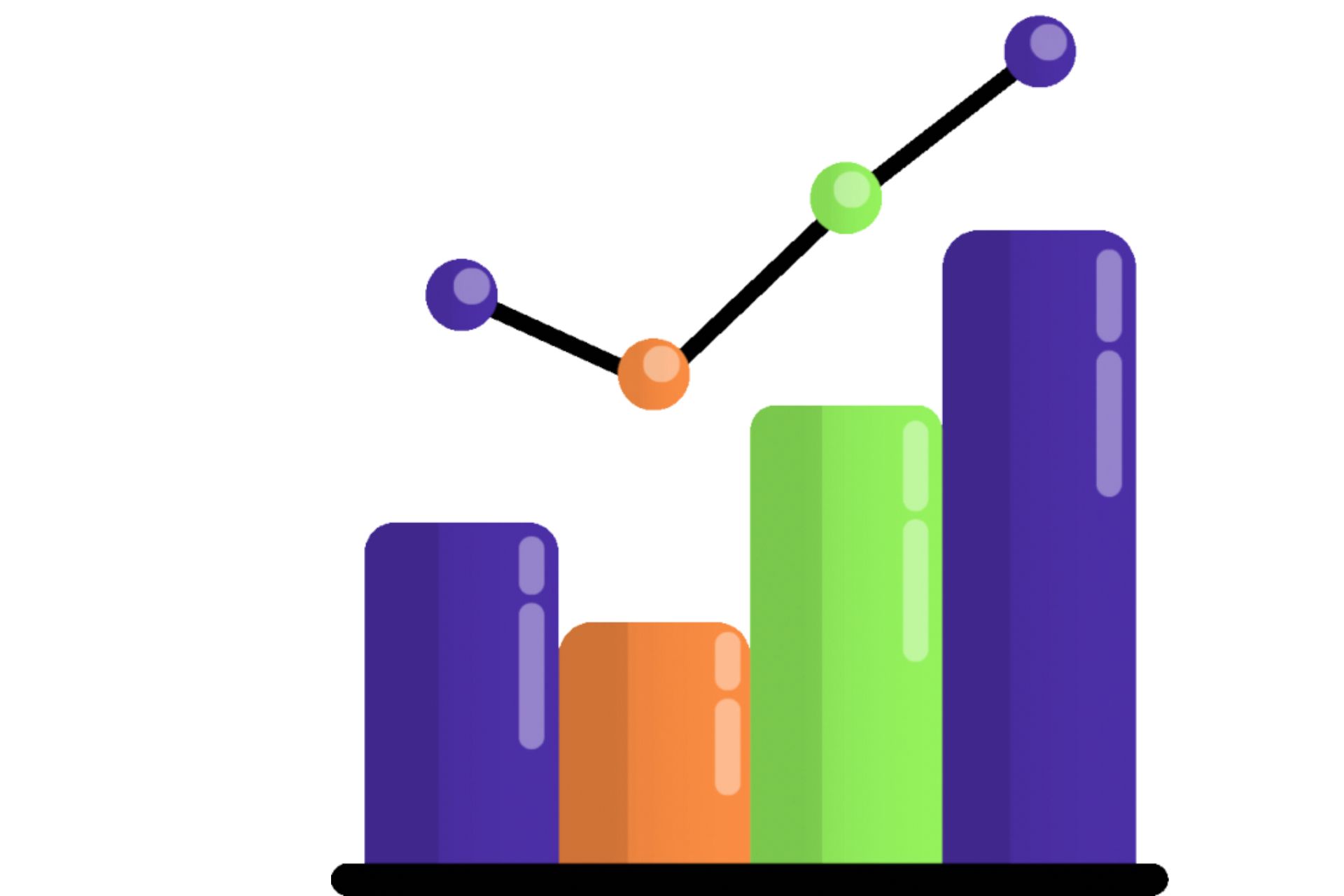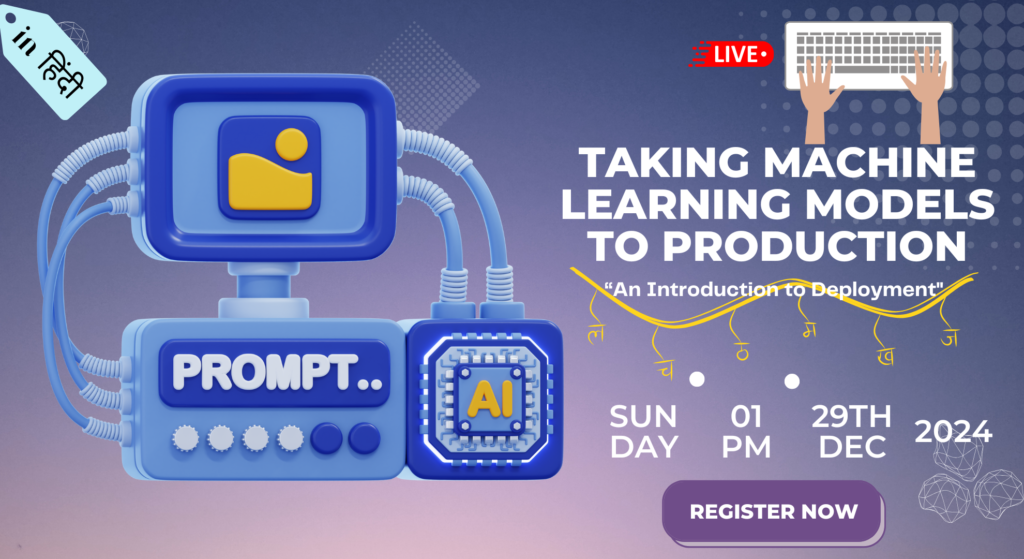Introduction
The year 2024 presents one of the most exciting opportunities to dive into a data science career. As technology evolves and more industries integrate data-driven decision-making, the demand for skilled data scientists continues to rise. This comprehensive guide will walk you through everything you need to know to kickstart your career in data science in 2024. Whether you’re transitioning from another field or just starting, data science holds immense potential for growth, innovation, and impact.
Why Data Science is in High Demand
In today’s digital age, businesses are generating vast amounts of data daily, from consumer behavior and market trends to operational insights and performance metrics. Data science plays a crucial role in turning this raw data into actionable insights that can drive better decision-making, improve processes, and boost profitability. This ability to harness the power of data is why data scientists are sought after in nearly every industry, from healthcare and finance to e-commerce and entertainment.
The Essentials: What is Data Science?
Before diving into the technicalities, it’s important to understand what data science actually is. At its core, data science is an interdisciplinary field that combines statistics, computer science, and domain-specific knowledge to extract meaningful insights from data. It involves the collection, analysis, and interpretation of large datasets to solve problems, make predictions, or uncover hidden patterns.
Components of Data Science
Data science is comprised of several key areas:
- Data Collection: Gathering data from various sources, including databases, web scraping, and APIs.
- Data Cleaning: Processing and transforming raw data into a usable format by removing noise and inconsistencies.
- Exploratory Data Analysis (EDA): Identifying patterns and trends in the data through visualization and statistical methods.
- Machine Learning (ML): Using algorithms to build predictive models and automate data analysis tasks.
- Data Visualization: Presenting data findings in a clear and concise manner using charts, graphs, and dashboards.
- Reporting: Creating actionable reports for stakeholders to make data-driven decisions.
How to Start a Career in Data Science in 2024
Breaking into the field of data science in 2024 requires a mix of technical skills, practical experience, and strategic career planning. Here’s what you need to know to get started:
Educational Background
While a degree in data science, computer science, or mathematics is beneficial, it’s not always a strict requirement. Many successful data scientists come from a variety of educational backgrounds, including engineering, economics, physics, and even social sciences. What matters most is your ability to handle data and your understanding of core data science concepts.
For those without formal education in the field, there are plenty of online resources, certifications, and boot camps that can help you get up to speed.
Must-Have Skills in 2024
To thrive in data science, it’s essential to develop a mix of hard and soft skills. Here are some of the most in-demand skills for data scientists in 2024:
Technical Skills
- Programming Languages: Proficiency in Python and R is essential for data manipulation and building machine learning models.
- Statistics and Mathematics: A strong foundation in statistics, probability, and linear algebra is critical for understanding and developing algorithms.
- Machine Learning: Familiarity with algorithms such as linear regression, decision trees, and neural networks is key for building predictive models.
- Data Wrangling: The ability to clean, transform, and organize data is crucial before any analysis can begin.
- Database Management: Understanding SQL and NoSQL databases allows you to efficiently store, retrieve, and manage data.
- Data Visualization: Tools like Tableau, Power BI, and matplotlib help communicate findings in an accessible way.
Soft Skills
- Problem-Solving: Data scientists are constantly faced with complex problems, and the ability to break them down and solve them creatively is essential.
- Communication: Data scientists need to explain their findings to non-technical stakeholders. Clear communication is a valuable skill.
- Collaboration: Often, data scientists work with different teams, including engineers, marketing, and product development, requiring teamwork and flexibility.
Top Tools for Data Science in 2024
As data science tools evolve, staying updated on the latest technology is crucial. Here are the top tools that every aspiring data scientist should familiarize themselves with in 2024:
Programming Languages: Python and R
Python continues to dominate the data science landscape because of its versatility and extensive libraries such as pandas, NumPy, and scikit-learn. R, on the other hand, is a powerful language for statistical analysis and is widely used in academia.
Machine Learning Frameworks
- TensorFlow: One of the most popular frameworks for building and training machine learning models, especially in deep learning.
- PyTorch: Known for its flexibility and ease of use, PyTorch is a favorite among researchers and developers alike.
- scikit-learn: This library provides simple and efficient tools for data mining and machine learning.
Data Visualization Tools
- Tableau: A leading data visualization tool, Tableau is known for its ease of use and ability to create interactive dashboards.
- Power BI: Microsoft’s Power BI is another powerful tool for creating visual reports and sharing insights across organizations.
Cloud Platforms for Data Science
- Google Cloud Platform (GCP): Offering services like BigQuery and AutoML, GCP is a go-to for scalable data processing and machine learning.
- AWS (Amazon Web Services): AWS provides a wide range of data services, including Amazon SageMaker for machine learning.
- Azure Machine Learning: Microsoft’s Azure ML platform is designed for building, deploying, and managing machine learning models at scale.
Trends Shaping Data Science in 2024
Data science is constantly evolving, and staying ahead of the curve is vital for a successful career. Here are some of the top trends expected to shape the field in 2024:
Artificial Intelligence and Automation
AI is no longer a buzzword—it’s at the heart of modern data science. Automated Machine Learning (AutoML) tools are making it easier to build models without needing in-depth coding expertise, democratizing access to data science.
Real-Time Data Analysis
With the rise of IoT devices and increasing demand for real-time decision-making, real-time data processing is becoming a critical skill for data scientists. Apache Kafka and Spark Streaming are popular tools for real-time data analysis.
Ethical AI and Data Privacy
As the use of AI grows, so do concerns around ethics and privacy. Data scientists in 2024 must be aware of responsible AI practices, including data anonymization, bias detection, and transparent algorithms.
How to Build a Data Science Portfolio
One of the best ways to land a data science job is by showcasing your skills in a portfolio. A strong portfolio demonstrates your ability to work with data, solve problems, and communicate insights effectively. Here’s how to create an impressive portfolio:
Choose Real-World Projects
Working on real-world datasets gives potential employers insight into how you handle messy, unstructured data. Kaggle, UCI Machine Learning Repository, and open government datasets are great places to find data for your projects.
Document Your Process
Don’t just share the final results—explain your thought process, the challenges you faced, and how you overcame them. Walk through your data cleaning, feature engineering, and modeling steps.
Use GitHub
GitHub is a popular platform for hosting and sharing code. Make sure your code is clean, well-commented, and easy to follow.
Landing Your First Data Science Job
With your skills and portfolio in hand, the next step is landing your first data science job. Here are some tips to help you succeed:
Tailor Your Resume
Customize your resume for each job application, highlighting relevant skills, projects, and experiences. Use data science keywords from the job description to get past Applicant Tracking Systems (ATS).
Prepare for Technical Interviews
Many data science interviews include coding challenges, algorithm questions, and case studies. Practice common interview questions on platforms like LeetCode or HackerRank to prepare.
Leverage Networking
Building a network of data science professionals can open up job opportunities. Attend conferences, webinars, and meetups to connect with industry experts and potential mentors.
FAQs
What programming languages should I learn for data science in 2024?
Python and R are essential for data science. Python is widely used due to its versatility, while R is popular for statistical analysis.
Do I need a degree to start a career in data science?
While a degree is helpful, it’s not mandatory. Many professionals transition to data science from other fields through self-study, certifications, or boot camps.
What industries are hiring data scientists in 2024?
Data scientists are in demand across various industries, including healthcare, finance, retail, e-commerce, and tech.
What are the most important skills for a data scientist in 2024?
In addition to technical skills like programming and machine learning, soft skills such as problem
-solving, communication, and teamwork are critical.
How do I build a data science portfolio?
Work on real-world projects using datasets from platforms like Kaggle, document your process, and host your work on GitHub to showcase your skills.
What trends will shape data science in 2024?
Automation, real-time data analysis, and ethical AI are key trends in 2024. Staying updated on these developments will help you stay competitive in the field.
Conclusion
Data science is a fast-growing field with immense potential for career growth in 2024 and beyond. By mastering the right skills, tools, and technologies—and staying updated on industry trends—you can build a rewarding career in this dynamic domain. From machine learning to ethical AI, data science offers endless opportunities to innovate and make a meaningful impact across various industries.
- Beginner’s Guide to Python Programming
- https://connectjaya.com/data-scientist-interview-qna-2/
- How to Build a Machine Learning Model: Step by Step

